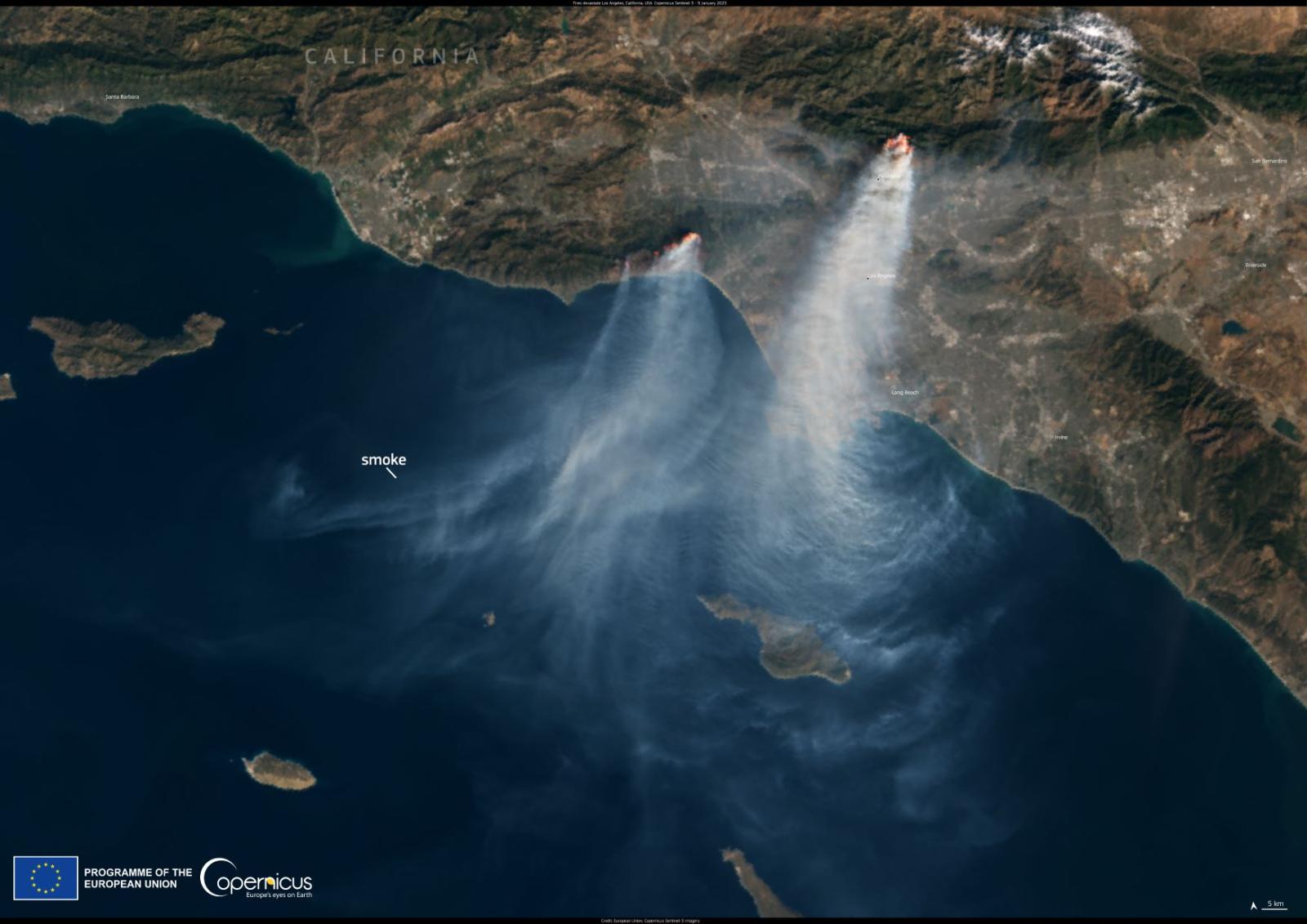Per capire la portata dei negoziati della COP26 di Glasgow, che entrano ora nella seconda settimana, è necessario riflettere quanto superare la soglie di 1,5°C o di 2°C possa generare punti di non ritorno o meno nel nostro sistema climatico, ma anche quanto i modelli climatici possano aiutare per pianificare azioni di mitigazione e adattamento e, infine, che ruolo hanno le nuove tecnologie in tutto questo. Ne abbiamo parlato con Claudia Tebaldi, statistica al Joint Global Change Research Institute (PNNL), collaboratrice di Climate Central, e autrice principale del primo volume del sesto rapporto IPCC uscito in estate.
Impatti, modelli e tecnologia per capire la COP26 di Glasgow
Primary tabs
Fonti
prossimo articolo
No, the wildfires in California are not "ideological"
Rampini from the Corriere includes a series of errors and inaccuracies to support the unbearable rhetoric of “ideology” in the ecological transition and even in climate physics. Contrary to what he claims, the probability and intensity of wildfires are increasing due to the very "human" climate changes. Of course, solutions also involve proper management of vegetation and infrastructure, but this should not overshadow the goal of achieving net-zero emissions. Especially after 2024, which for the first time surpassed an average temperature of 1.5°C.
This topic is also addressed in the guide Extreme Weather Events and Climate Change: A Guide for Journalists, which the Climate Media Center Italia has translated into Italian from the original by World Weather Attribution.
Image: California wildfires photographed by the European Union, Copernicus Sentinel-3 imagery
Federico Rampini continues his battle against the “ideologies” of ecological transition.









